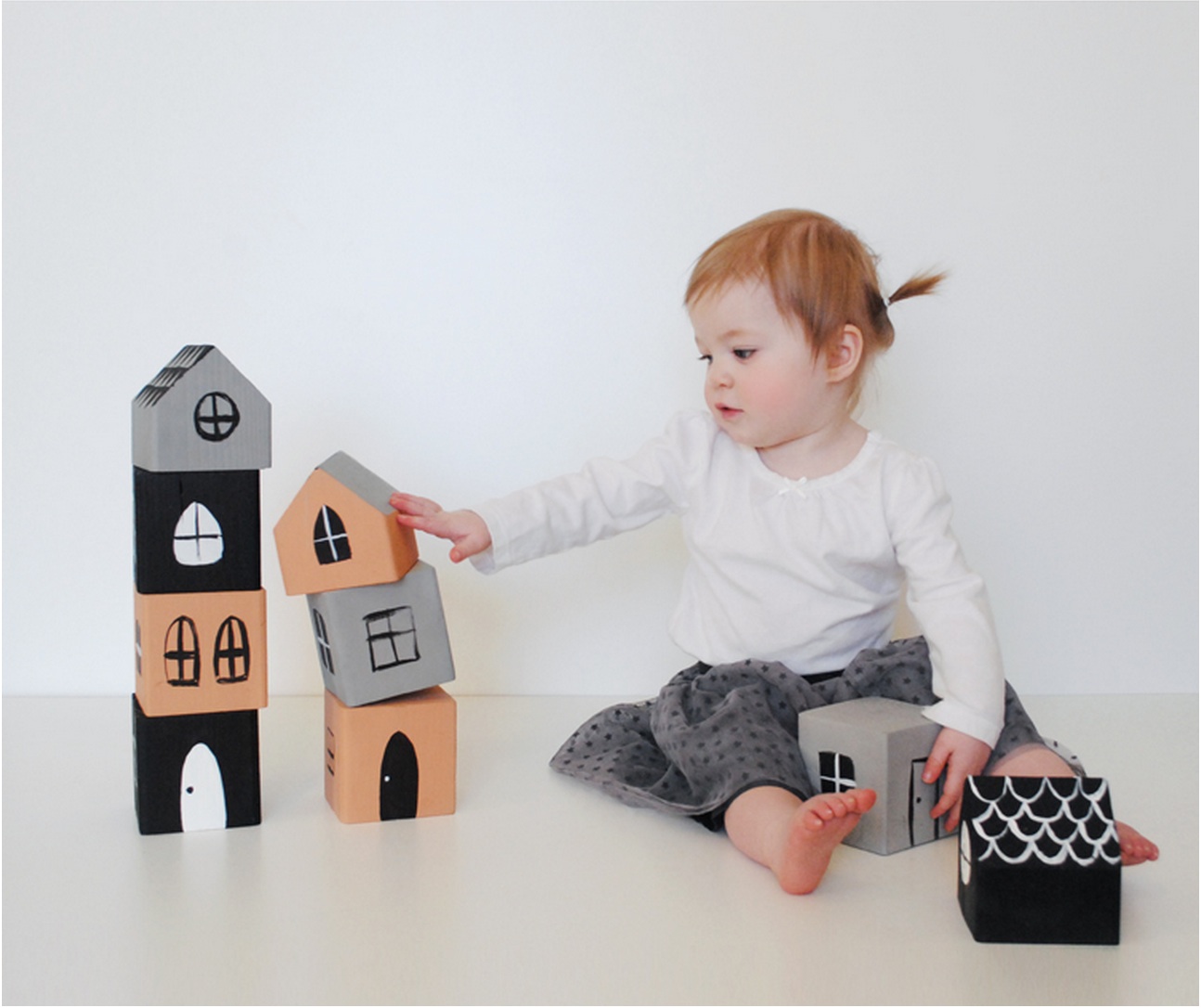
The Dad’s Guide to Navigating Childcare Options
Choosing the right childcare option can be tough for dads. One eBook, 110 pages long, talks about this topic. This article will guide you through different childcare choices and how to manage them.
Key Takeaways
- Exploring different childcare options like daycare, nannies, family members, or babysitters allows dads to find the best match for their family’s needs and values.
- Effective communication and cooperation between co-parents are crucial in making decisions on choosing providers, managing costs, and handling drop-off and pick-up schedules.
- Utilizing tools such as co – parenting apps can improve coordination and information sharing about childcare arrangements between parents.
- Preparing backup plans for unexpected situations like daycare closures or sickness ensures that parents can quickly adapt without compromising their child’s safety or well-being.
- Engaging directly in selecting a nanny or babysitter gives parents control over who cares for their child, ensuring they share similar values and practices.
Understanding Childcare Options
When it comes to childcare options, there are several avenues you can explore. Whether it’s daycare, a nanny, family member, or babysitter – each provides its own unique benefits and considerations.
Making an informed decision is essential for your child’s well-being and your peace of mind.
Daycare
Daycare centers provide full-time childcare for families. They have classrooms, playgrounds, and eatery areas set up to keep children safe, happy, and learning. Teachers at these centers undergo safety training and learn how to handle emergencies.
This ensures that kids not only play and explore but also remain healthy and protected under their care.
Choosing a daycare means setting a regular schedule for your child which helps in their cognitive development and physical health. The book by Deana Charcalla gives dads insights into dropping off and picking up routines at the daycare center.
It highlights the importance of a structured environment for children’s growth, including the careful handling of food and milk to prevent illness.
Nanny
Switching from daycare to considering a nanny offers a different childcare perspective. A nanny works closely with your family, often providing care at your home. This setup allows for more personalized attention and flexibility in scheduling.
Unlike daycares that operate on fixed hours, a nanny adapts to your family’s routine. This option can be especially appealing for parents with unpredictable work schedules or those who prefer their children to stay at home.
Hiring a nanny also means direct involvement in selecting who cares for your child. You get to choose someone whose values align with yours and who can cater specifically to your child’s needs.
From assisting with homework to encouraging creative play, nannies can enrich your child’s daily experiences in ways that are hard to replicate in group care settings. Moreover, this one-on-one care often leads to strong bonds between the caregiver and child, providing emotional support alongside physical caregiving tasks.
Family member
Turning to relatives for child care can greatly reduce expenses. Over half of American homes spend a lot on looking after kids. For families with smaller paychecks, this approach becomes even more crucial.
Relatives often understand the household’s daily schedule and values deeply, making them a reliable choice.
Having grandpas or other close kin watch over children also fosters strong family bonds. Kids enjoy stories, learn traditions, and feel safe in a loving environment. This setup supports parents working from home or those seeking to balance job demands without breaking the bank on child-care services.
Babysitter
Choosing a babysitter requires careful thought about their skills and past work with children. Parents must look into the sitter’s background and ask about their experiences to ensure they match the family’s needs.
Discussing safety practices is also vital, as well as understanding how they manage situations like illness or emergencies. This ensures your child’s physical well-being is in capable hands.
Good communication sets the foundation for a strong relationship with your babysitter. Making clear what you expect from them regarding daily routines, discipline, and activities helps prevent misunderstandings.
Also, setting up regular check-ins can keep both parties informed and comfortable with the arrangement, making sure your child receives consistent care that supports their development and creativity.
Tips for Choosing a Childcare Provider
When choosing a childcare provider, consider the following tips:
- Research thoroughly to find reputable and licensed caregivers or facilities with positive reviews and experiences.
- Interview potential providers to gauge their qualifications, experience, and approach to childcare.
- Visit the facility or observe the caregiver in action to ensure they provide a safe and nurturing environment for your child.
Balancing Childcare Responsibilities
When it comes to balancing childcare responsibilities, decisions need to be made about who chooses the childcare provider and who pays for it. Handling daycare drop-off and pick-up schedules also plays a crucial role in managing these responsibilities.
Deciding who chooses childcare
Determining who selects childcare services can be a joint decision between co-parents. Communication and collaboration are crucial in discussing the needs of the child, evaluating available options, and making an informed choice together.
The process involves considering factors such as work schedules, proximity to home or work, budget constraints, and any specific requirements the child may have.
Determining who pays for childcare
Deciding who covers childcare expenses can be a complex matter, particularly in co-parenting situations or if both parents work. It’s crucial to consider each parent’s financial situation and come to an agreement that is fair for all involved.
The average cost of care across the US varies widely, so it’s essential to factor this into discussions when allocating responsibility for these expenses.
Exploring flexible spending accounts can provide tax benefits and help offset some costs related to childcare. This type of account allows you to set aside pre-tax money for eligible expenses such as daycare or nanny services, potentially lessening the financial burden on both parties.
By thoroughly examining various options alongside assessing individual circumstances, co-parents can effectively determine how best to handle childcare payments.
Handling daycare drop-off and pick-up
When it comes to handling daycare drop-off and pick-up, it’s crucial for co-parents to communicate and cooperate effectively. Here are some practical strategies to navigate this aspect of childcare responsibilities:
- Establish a clear schedule for drop-off and pick-up, ensuring that both parents have equal opportunities for involvement.
- Communicate any changes in the schedule and be flexible in accommodating each other’s commitments.
- Consider utilizing a shared calendar or parenting app to coordinate pick-up and drop-off logistics efficiently.
- Discuss any concerns about the daycare environment or your child’s adjustment during transitions with your co-parent.
By prioritizing open communication and flexibility, co-parents can ensure a smooth process for handling daycare drop-off and pick-up while promoting the well-being of their child.
Navigating Separate Child Care Situations
When faced with separate childcare situations after divorce or separation, parents need to consider various factors before making decisions. Childcare arrangements may include daycare, a nanny, family member care, or hiring a babysitter.
Each option has its benefits and costs that should be evaluated based on the individual situation. Moreover, it’s crucial for parents to communicate effectively and make joint decisions when they have joint legal custody.
The parenting plan should outline who has the right to choose childcare providers and ensure that both parents are involved in discussions regarding these important arrangements.
It is essential for co-parents to navigate separate childcare situations thoughtfully and carefully as it can significantly impact the children’s well-being while also influencing parental responsibilities and financial obligations.
Understanding each other’s perspectives and diligently working towards mutually beneficial agreements can create stability for children during this transitional time period. Effective communication strategies like clear dialogue, written correspondence, and utilizing co-parenting apps could facilitate the decision-making process about childcare providers.
By doing so, co-parents can work together harmoniously towards providing a secure environment for their children amidst challenging circumstances.
Communication Strategies for Co-parents
Effective communication is essential for co-parenting success. Employ clear and calm communication strategies to foster productive discussions and ensure a healthy environment for your child.
Clear and calm communication
Maintaining clear and calm communication with your co-parent is crucial when deciding on a childcare provider. Use solution-focused language, avoiding blame or rehashing past issues, to foster productive discussions.
Emphasize cooperation and compromise as you work together to make decisions that are best for your child’s welfare. It’s essential to prioritize effective dialogue while navigating the complexities of shared parenting and childcare choices.
Remember, it’s beneficial for both parents to engage in open and respectful communication, ensuring that all parties involved feel heard and understood. By doing so, you can create a supportive environment for making joint decisions about your child’s care without unnecessary conflict or tension.
Writing communication
Now, let’s transition to discussing effective writing communication in co-parenting situations. Written communication is a valuable tool for keeping both parents informed about childcare arrangements and important updates regarding their child.
When parents are not able to communicate in person, written messages can ensure both parties are on the same page. It’s essential for co-parents to maintain clear and concise written exchanges, fostering understanding and cooperation.
This mode of conveyance plays a pivotal role in effectively coordinating schedules and sharing information regarding childcare providers or any arising concerns.
Use of co-parenting apps
Transitioning from written communication to co-parenting apps offers a seamless way for parents to manage childcare responsibilities. Co-parenting apps like OurFamilyWizard provide a centralized platform for co-parents to document messages and details related to childcare in an organized manner.
These apps help reduce conflict, streamline decision-making, and ensure that all information is readily accessible.
With the use of co-parenting apps, important information such as childcare schedules, medical appointments, and school events can be easily accessed by both parents. This ensures that everyone is well-informed and able to actively participate in their child’s life.
Dealing with Childcare Challenges
When daycare closes unexpectedly, finding alternative care can be challenging. Coping with a sick child or nanny may require flexibility and quick decision-making.
When daycare closes
When daycare closes, it’s crucial for co-parents with joint legal custody to have a plan in place for alternative childcare arrangements. This may involve considering the impact on expenses and parenting time, while making sure that the safety and well-being of the child remain the top priority when seeking alternative daycare due to its closure.
Navigating separate childcare situations
When the child or nanny gets sick
In the event that the child or nanny falls ill, it’s crucial to have a backup plan in place. This might involve having alternate care options ready or making arrangements for one parent to stay home if possible.
It’s important to communicate with your co-parent about the situation and ensure you both understand who will be responsible for caring for the sick child.
Should an illness occur, consider discussing how lost work time will be managed and how any missed childcare costs will be handled. It can also be helpful to establish a protocol for informing your employer of unexpected absences due to childcare issues.
Conclusion
After learning about different childcare options and considering important factors in choosing a provider, navigating childcare responsibilities becomes more manageable. Communication strategies for co-parenting can help maintain a smooth process, even in separate childcare situations.
Dealing with challenges and unexpected circumstances is part of the journey but with careful planning, these can be handled effectively. By staying informed and proactive, dads can confidently navigate the realm of childcare, ensuring their children receive the best care possible.
FAQs
1. How can dads find the right childcare services?
Dads can explore different childcare options like day care centers, preschools, or au pairs based on their child’s age, needs for socialization, and family’s financial situation. They should also consider the education and emotional intelligence development offered by these services.
2. What should dads know about managing work and childcare?
Dads who are part of the labor force or work from home need to balance employment with household management. This might include looking into flexible hours with employers or considering becoming a stay-at-home dad if it fits their family’s economic situation better.
3. Can divorced dads get help with child support and custody issues?
Yes! Divorced dads can seek mediation for physical custody arrangements and understand how joint physical custody works. They can also learn about child support responsibilities and how these may affect taxes.
4. How important is mental health in choosing a childcare option?
Very important! Dads should think about how each childcare option impacts their child’s mental health as well as their own feelings of anxiety or stress related to parenthood, ensuring they choose an environment that supports positive emotional growth.
5. Are there resources for low-income families needing childcare?
Absolutely! Low-income families may qualify for subsidized child care services or assistance programs designed to help parents remain in the labor force while providing safe and nurturing environments for their children.
6. How can stay-at-home dads make use of technology in parenting?
Stay-at-home dads can leverage technology like Amazon Prime for quick access to household items, Audible Originals for educational audiobooks that spark imagination, or online courses aimed at improving skills like oral health maintenance or illness management within the family.




